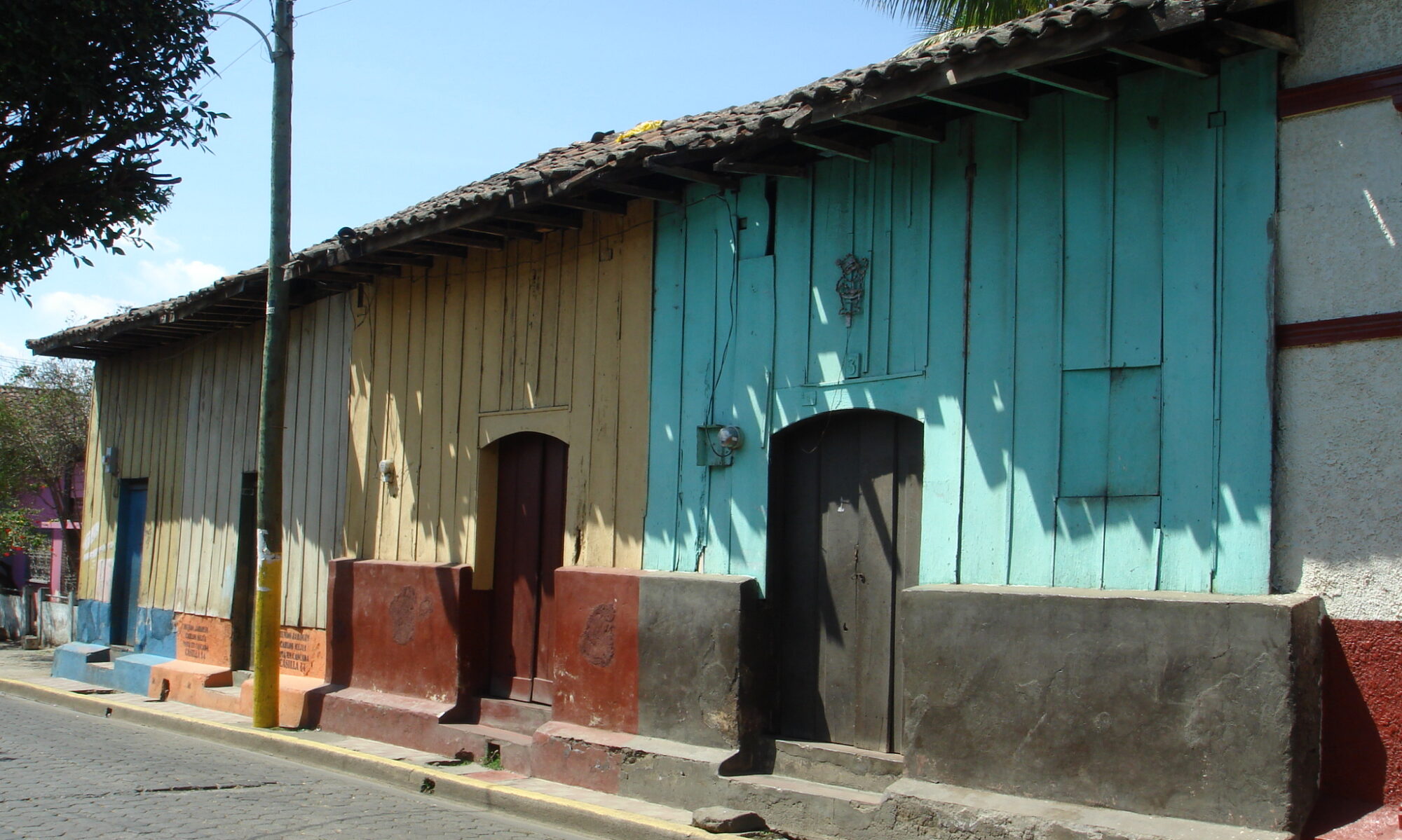by V. Levtchitch
This type of concrete apartment building was widely constructed after the 1974 Turkish invasion in order to accommodate approximately 200,000 refugees. Typically, these buildings are low-rise (up to 5 stories) apartment blocks. As a rule, architectural considerations prevail over structural requirements. Very often columns are located irregularly and do not form a definite grid. Soft ground stories are used for car-parks (garages) and shops. Staircases and lift (elevator) shafts are not located symmetrically. The vulnerability of these buildings should be very high when the inherent seismic deficiencies of this structural type (design mistakes, construction faults, unavoidable aging, lack of maintenance, accumulation of minor damage from previous earthquakes, deterioration of the concrete and corrosion of the reinforcing bars) are taken into account. But against all odds the majority of these buildings have stood well in numerous small earthquakes and exhibited rather good performance under the peak ground accelerations of up to 0.15g (the maximum expected in Cyprus). Damage and destruction have been very selective depending on the local soil conditions and periods of natural vibration.


